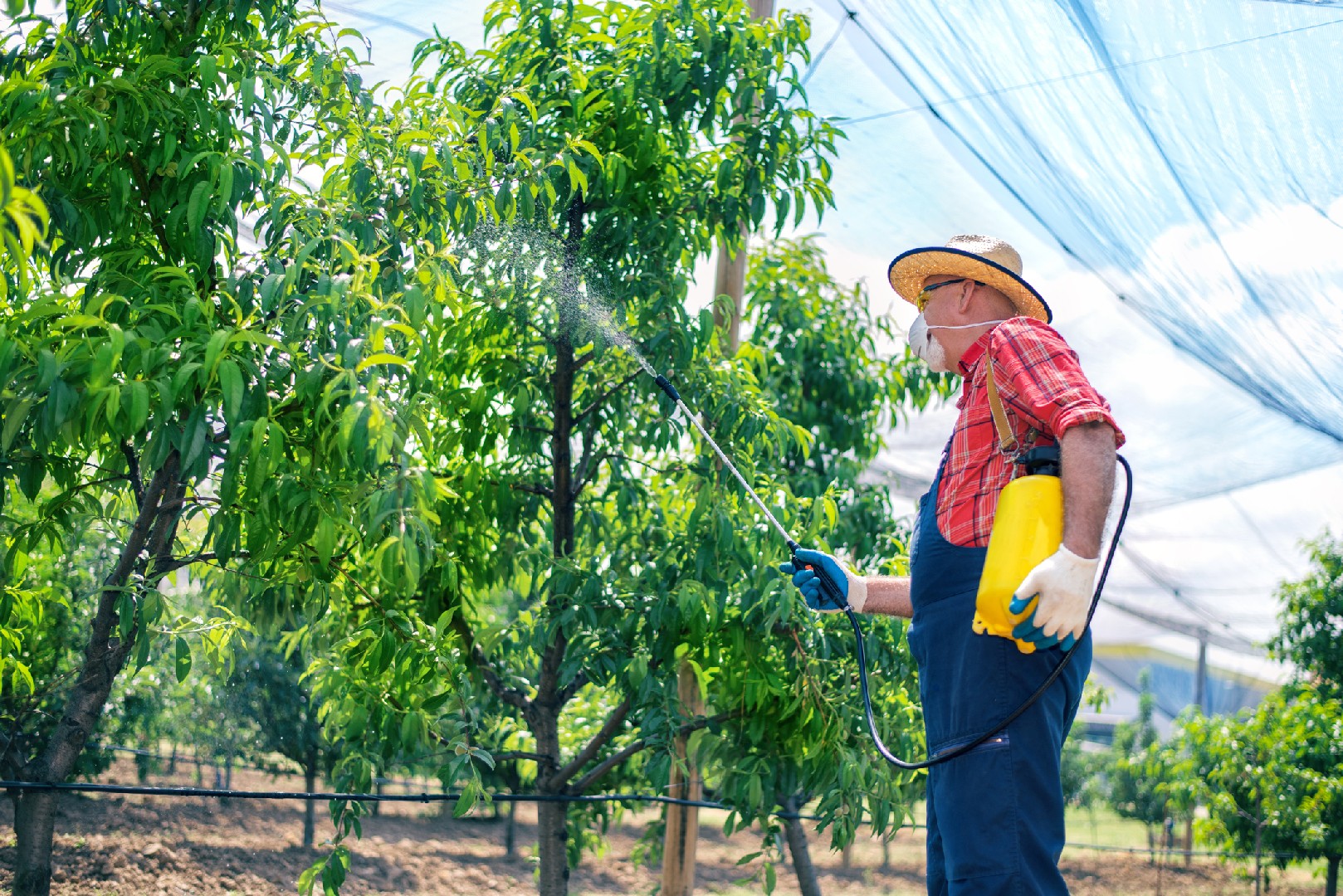![Rectangle]()
Understanding Pests: Behavior, Life Cycle, and Impact
In order to effectively manage pests in your garden, it is crucial to have a deep understanding of their behavior, life cycle, and impact. This knowledge forms the foundation for successful Integrated Pest Management (IPM) strategies, allowing you to take targeted and proactive measures to protect your plants. In this section, we will explore the importance of understanding pests and how it contributes to a thriving garden.
Understanding the life cycle of common garden pests is key to implementing effective control measures. Different pests have different life cycles, which require tailored approaches for management. For example, many insects go through distinct stages such as egg, larva, pupa, and adult. By knowing the life cycle of a specific pest, you can identify vulnerable stages and deploy control methods accordingly. This could involve removing eggs or larvae, disrupting their reproductive cycle, or targeting adults before they can lay eggs. A comprehensive understanding of pest life cycles empowers you to intervene at the most opportune moments, increasing the chances of successfully eradicating or minimizing their impact on your garden.
Another important aspect of pest management is understanding their behavior. Pests exhibit specific behaviors that can inform your IPM strategies. For example, some pests are more active during certain times of the day while others prefer specific environmental conditions. By knowing these patterns, you can schedule your monitoring and control activities accordingly. Additionally, understanding pest behavior can help you identify hotspots in your garden where they are more likely to congregate or cause damage. This allows you to focus your efforts on those areas, maximizing the effectiveness of your control measures.
Early detection of pest damage is crucial to preventing widespread infestations and minimizing their impact on plants. By closely monitoring your garden and being familiar with the signs of pest damage, you can take swift action before the problem escalates. Look for chewed leaves, discoloration, wilting, or unusual growth patterns. Additionally, regularly inspect the undersides of leaves and pay attention to any pests or their eggs. Early detection gives you more options for control, such as targeted insecticidal sprays, biological controls, or physical barriers.
It is also important to consider seasonal effects on pest behavior. Many pests have specific seasons when they are most active or vulnerable. For example, aphids are more commonly seen in spring and early summer, while slugs and snails are more active during moist conditions. By understanding these seasonal patterns, you can time your interventions for maximum effectiveness. For instance, if you know that a particular pest has a population peak in late summer, you can apply control measures beforehand to prevent a sudden surge in their numbers.
In conclusion, understanding the behavior, life cycle, and impact of pests is essential for successful pest management in your garden. This knowledge allows you to implement targeted control measures, detect and address pest damage early, and take advantage of seasonal patterns. By applying this understanding to your IPM strategies, you can create a thriving garden that is protected from the detrimental effects of pests. Stay vigilant, monitor your plants regularly, and take proactive measures in order to keep your garden healthy and beautiful.





